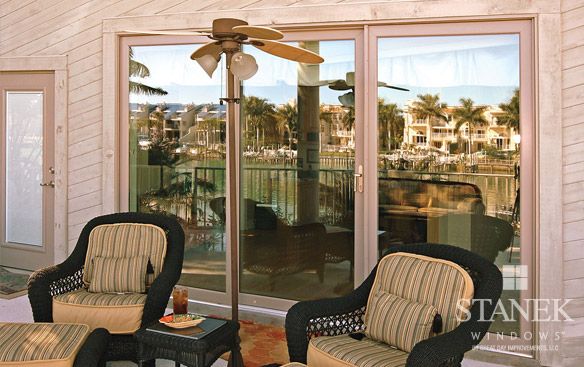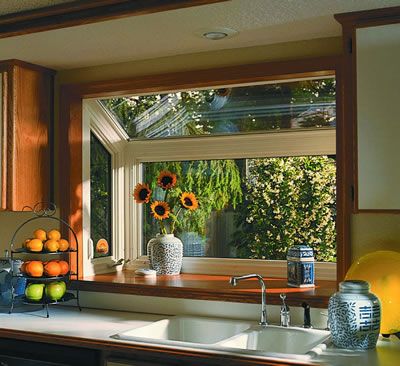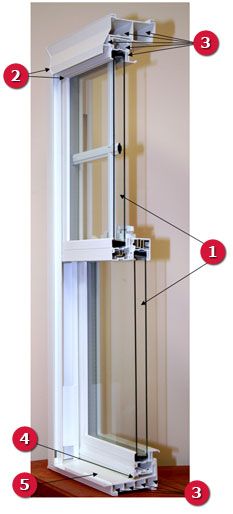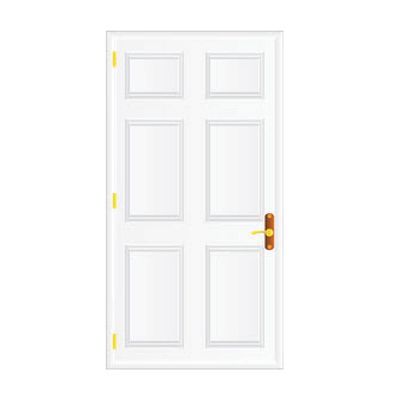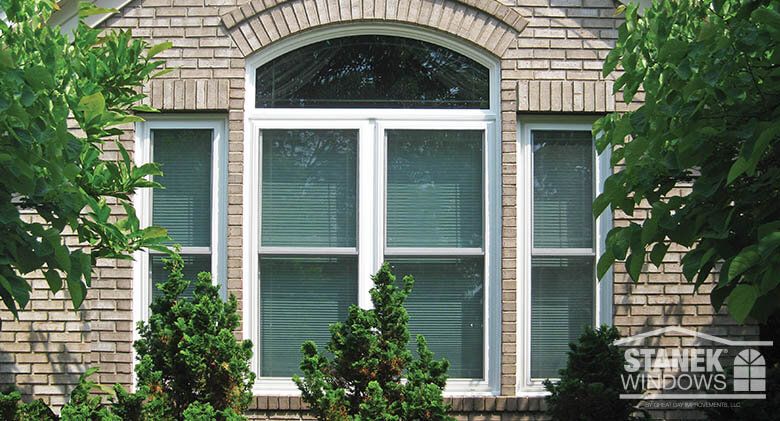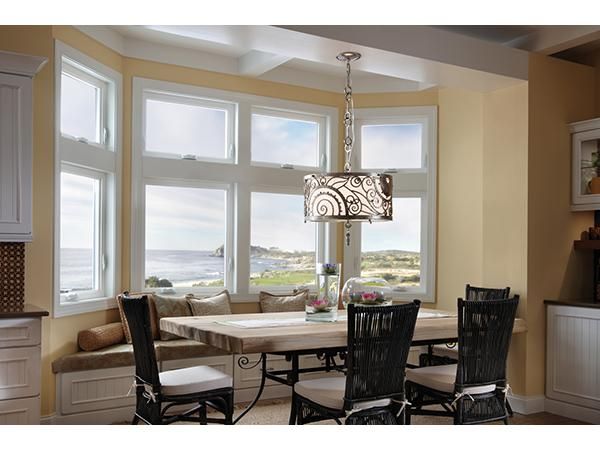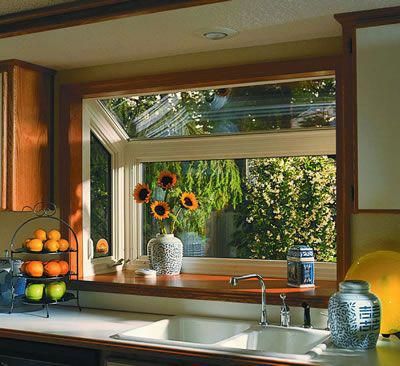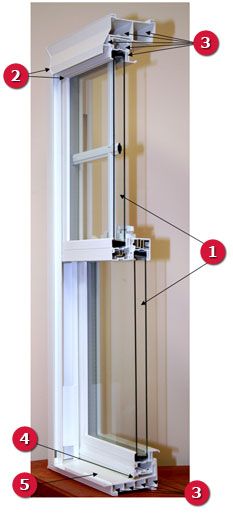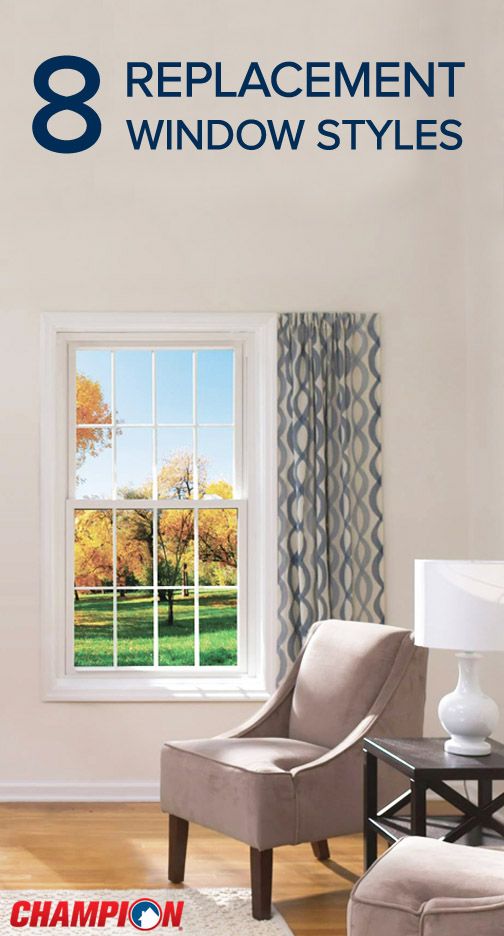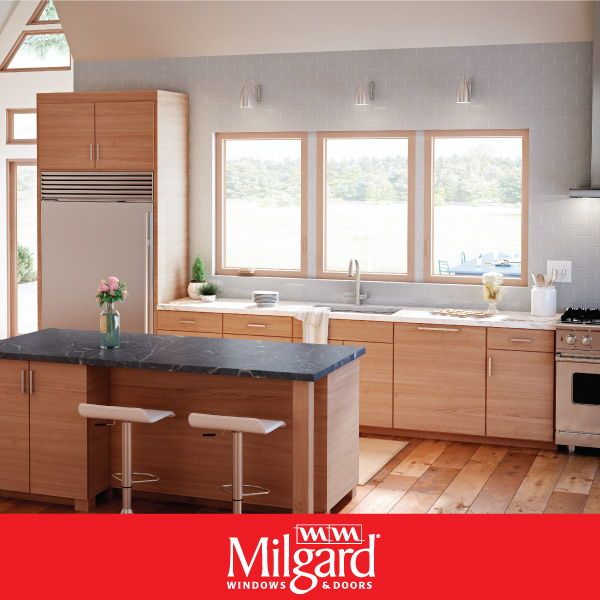vinyl Window and Energy efficiency
Energy efficiency is a huge term when it comes to building materials, household appliances, vehicles and virtually everything that consumes energy. Everyone wants their home to be as energy efficient as possible – both because of the potential environmental impact and the savings that lower energy consumption can help generate. Although there are many areas in the home where energy efficiency can be improved, one of the best and most important ways is to choose the right window.
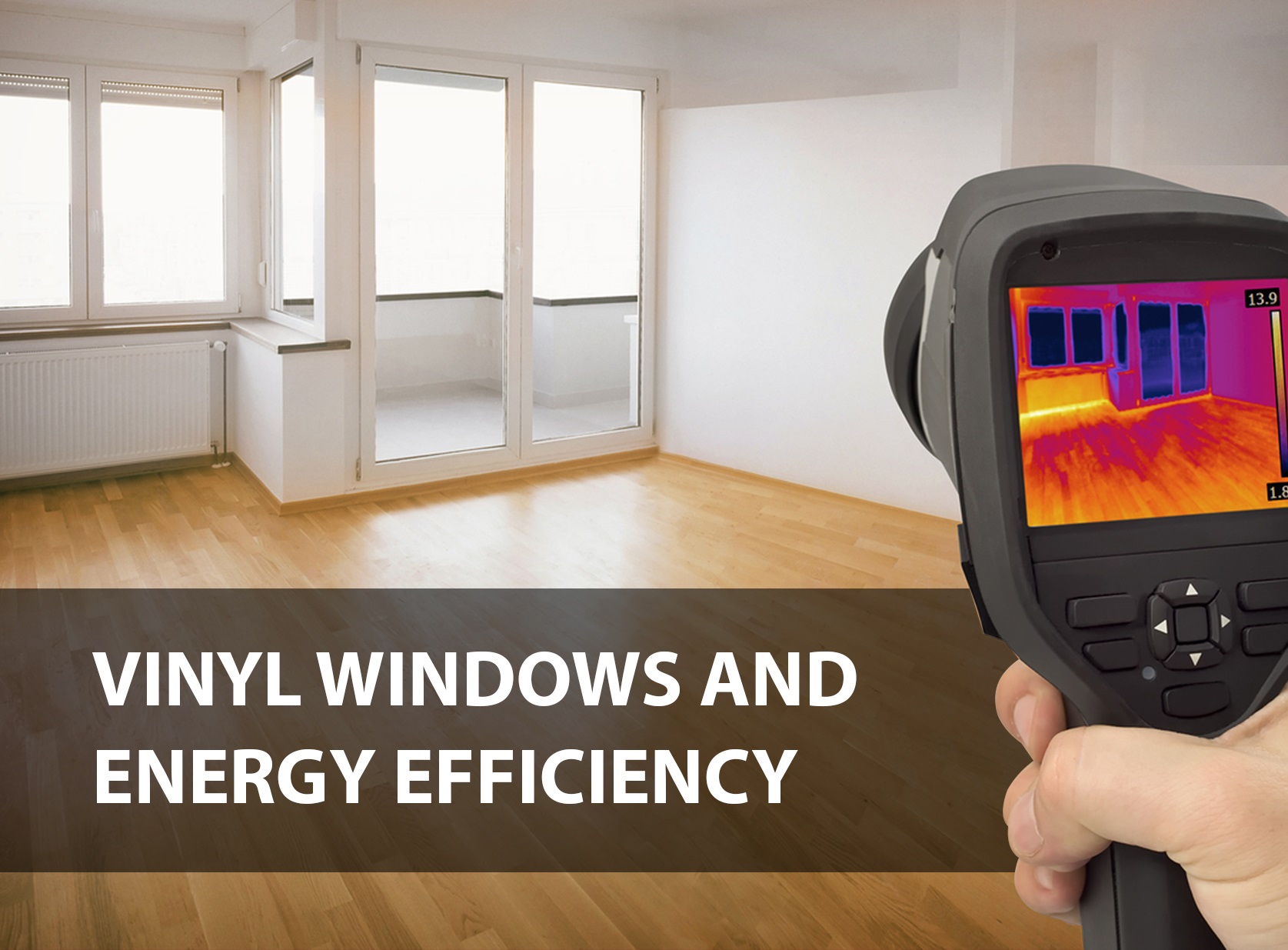
One of the most popular materials used in window manufacturing today is vinyl. In this post, we take a closer look at vinyl windows and their performance in terms of energy efficiency.
Anatomy of an Energy-Efficiency Window
Windows are the weakest points in the home when it comes to reducing energy consumption. As the temperature rises at each end of the scale, more energy is needed to maintain a constant level of comfort in the home, primarily because windows are an important source of leaks.
The key to improving a home's energy efficiency is to install energy efficient windows. But what exactly does an energy efficient window do? What are the best materials to use to improve energy efficiency?
To understand energy efficient windows, let's examine their anatomy.
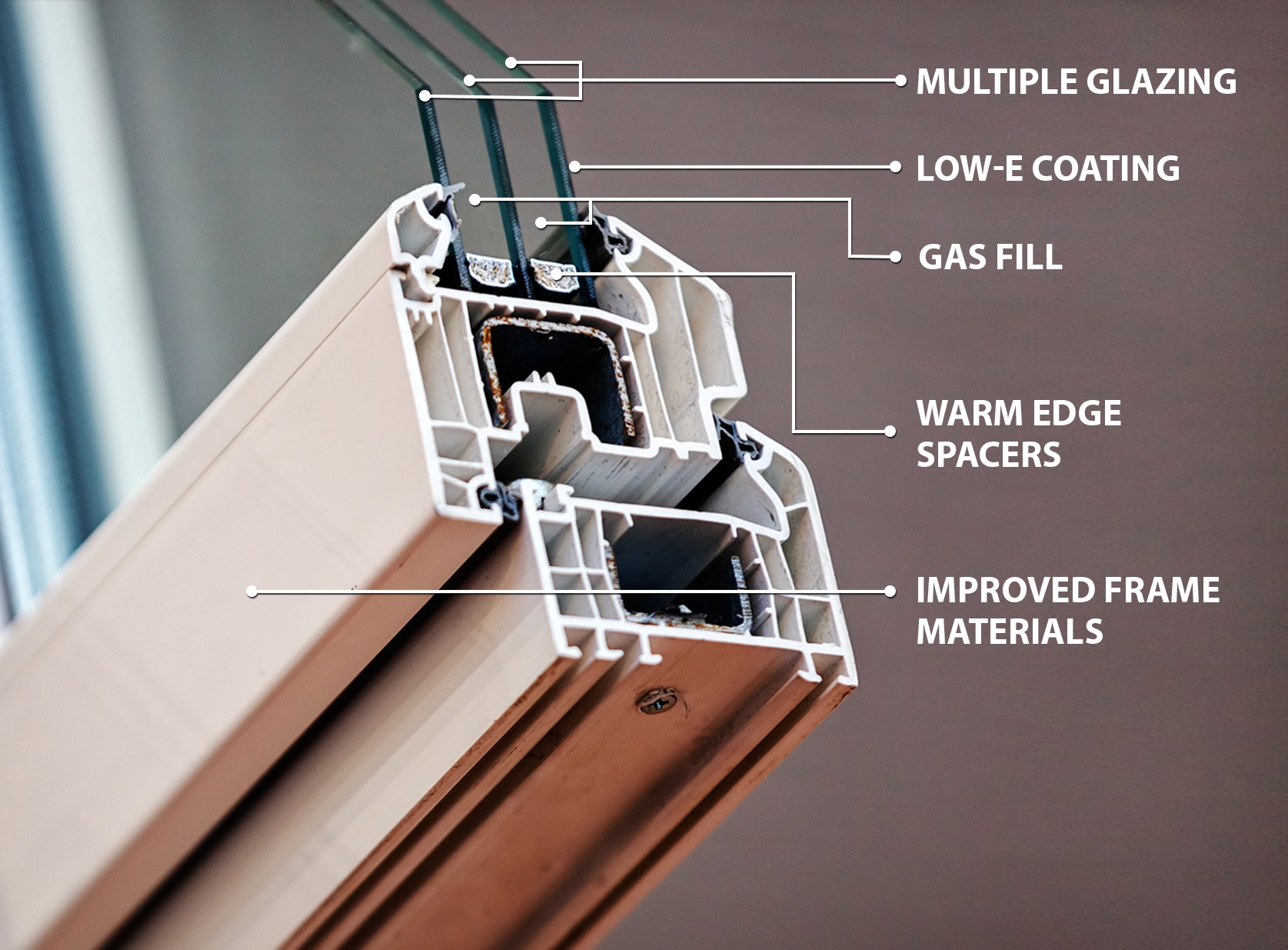
vinyl frames
Whether you are a fan of vinyl or not, it's hard to ignore the fact that vinyl is actually among the best energy-saving materials today. It has excellent thermal insulation properties and low conductivity, which means that it does not absorb unnecessary external heat and cooling. Because it is easy to maintain and the material is recyclable, it is not only energy efficient but also environmentally friendly.
Several boxes
An energy-efficient window has two or more glass panes instead of just one. To give a better efficiency value, the space between the boxes is filled with air or gas. Most vinyl window units on the market today meet this criterion.
Low glass
Plain glass allows heat to pass both ways – not an ideal situation when you have energy efficiency in mind. When you try to warm the home during cold months, heat can escape through the glass panes. Meanwhile, as you try to cool your home during the hot summer months, heat from the sun can enter your home through the window. The solution: Specially coated glass called "low-e-glass", which reflects heat and thus prevents heat from entering or avoiding. You will find vinyl windows that are equipped with low-e-glass.
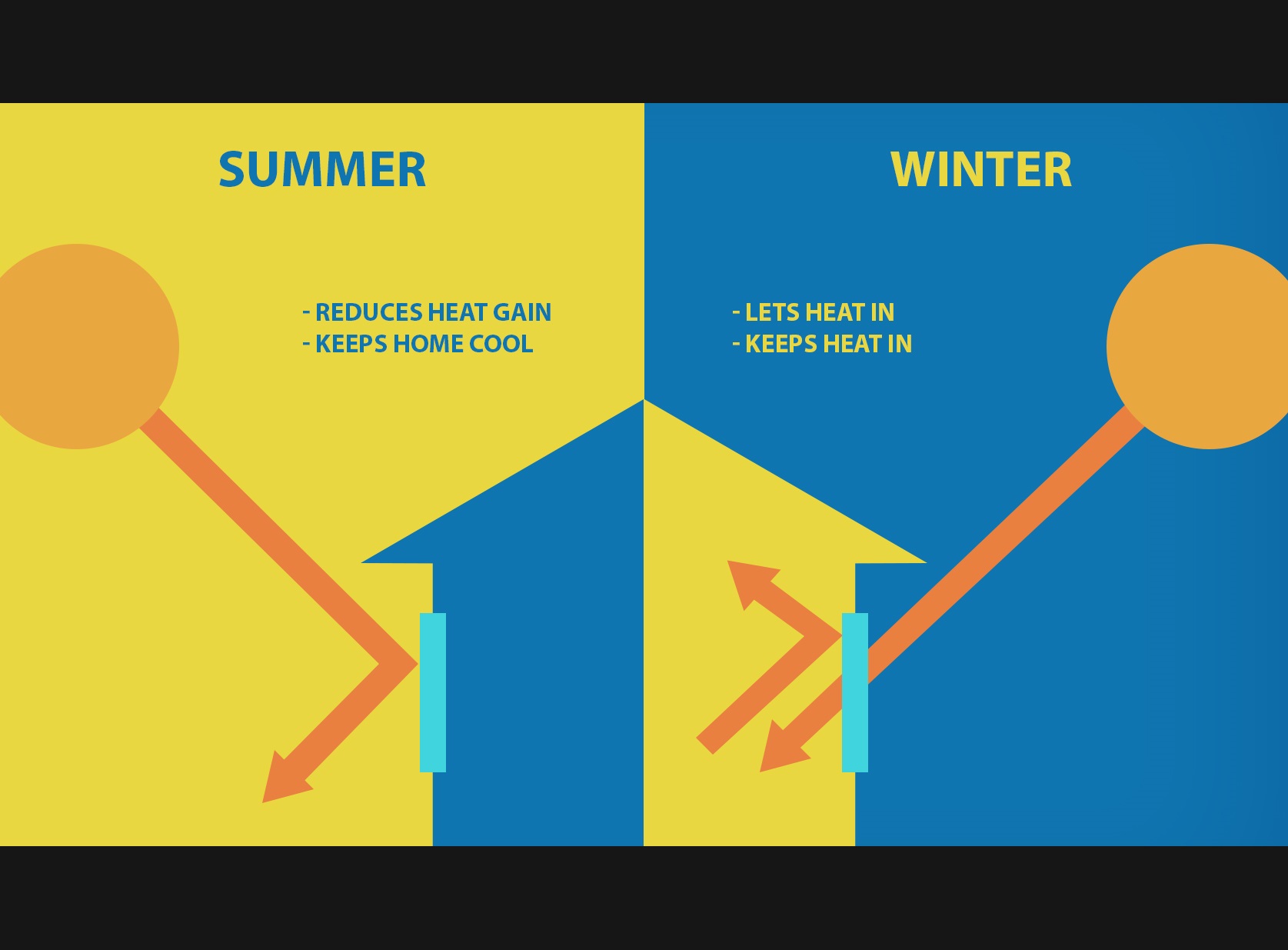
Gas filling
While some double-glazed windows are filled with air, others are filled with a non-toxic gas, such as argon or krypton. These gases provide more insulation, which contributes to the energy efficiency of vinyl frames.
Hot Edge Spacers
If a window has two glass panes, they must be separated by warm edge distances that reduce the heat transfer. If you buy multi-pane vinyl windows, they probably have them.
Terms Used in Energy-Efficient Windows
When you search for energy-efficient vinyl windows, you will notice that some manufacturers claim that their products are more energy efficient than others. However, it may be difficult for a layman to understand these claims without knowing the terms used in the industry. Here's a quick crash course that can help:
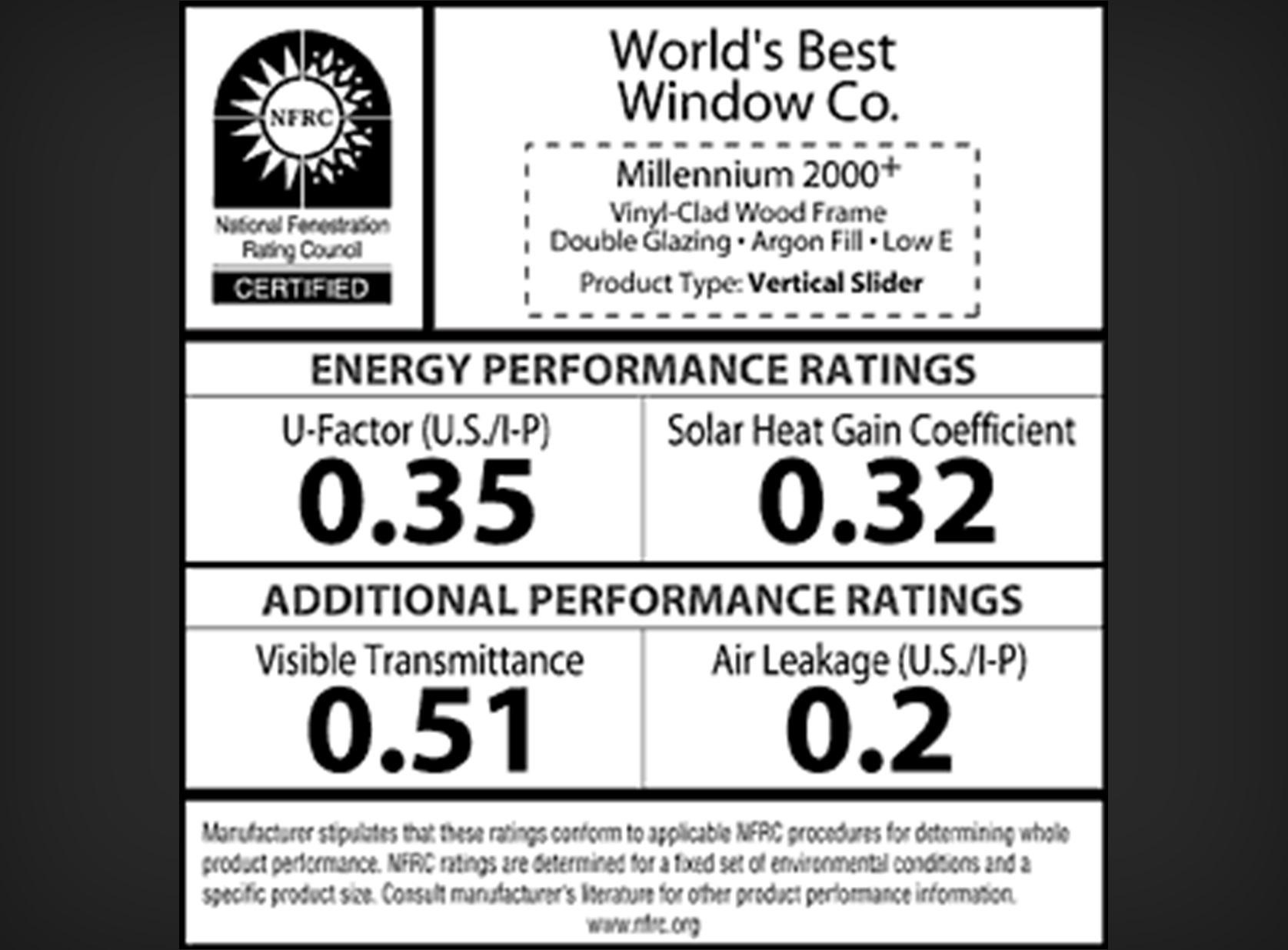
Several factors affect the flow of energy: conduction, convection, air leakage and radiation. Combining all these factors together would give you a "U" value. This value is what you see on the manufacturer's labels. Below are brief descriptions of each of the factors:
- Conduction is how heat passes through a certain type of material.
- Convection describes how heat moves through a window.
- Air leakage is almost self-explanatory. If air can pass through a leak, so can heat or energy.
- Radiation describes the heat transfer from something warm to something cold. If a certain material is good at receiving heat, it will also be good at transferring heat.
In short, the higher the U value, the easier it is for heat to pass through the material. Look for lower U values when searching for energy efficient windows. Fortunately, energy-efficient vinyl windows easily fit the specifications you need for a tee.
About the author
John Zatwarnytsky is the Deputy CEO of Homecraft, Inc. He is passionate about providing customers with the best quality service and is very committed to delivering beautifully executed, convenient and energy efficient projects to clients. He handles common problems with roofing and home improvements through his blog.
